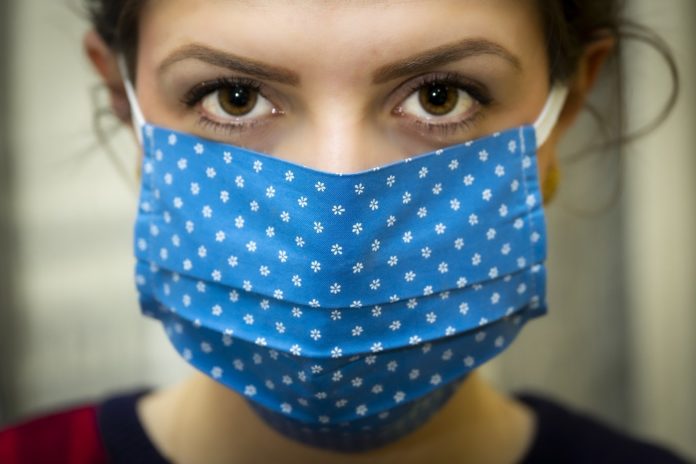Author’s note: Since this post was published, new research has shown that COVID-19 has a primarily airborne transmission route, making face masks and ventilation key public health measures in reducing transmission in indoor environments. In combination with vaccination, these are important protective measures that are now proven and readily accessible to Canadians.
This week, the Public Health Agency of Canada changed their guidance on broad public use of masks to limit community spread of COVID-19. It’s still not a recommendation or a requirement, but wearing a cloth mask that covers your nose and mouth may provide some benefit, and it still leaves medical masks and N95 masks to the healthcare workers who cannot practice physical distancing while on the job.
The change may seem contradictory to previous advice that masks are unlikely to prevent users from getting sick. In truth, all the caveats still apply. Handwashing remains the most important line of defense against COVID-19. There is still little evidence that masks directly protect the user, especially for a novice wearer who may struggle to wear a mask without adjusting it with their hands and potentially spreading contamination to their face.
Several of the countries with strict policies on wearing masks seem to have lower rates of COVID-19, including Hong Kong, Taiwan, and Japan. But at the same time, countries like Singapore had a lot of early success containing the virus while advocating against broad public mask policies. Their success was attributed to widespread testing and contact tracing, allowing them to keep a handle on identifying and isolating cases as they emerged.
The bottom line is that we don’t know for sure whether broad public use of masks will help curb transmission, but it doesn’t have to be an either/or situation. Cloth masks might play a lesser role, but they might be a solid backup measure when used in addition to handwashing and physical distancing.
And it makes logical sense for them to be an extension of the current public health measures. Data now show that people can shed the virus while they are asymptomatic or pre-symptomatic. Previous advice on masks was to wear one only if sick to prevent transmission to others, but up to 14 days can pass between being infected and showing symptoms. That’s much longer than most common viruses we know. By extension, everyone should behave as though they are already infected, because they might be.
We know that COVID-19 spreads primarily through droplets. That’s why physical distancing is so important, because droplets are big enough that they are likely to land before traveling more than six feet. But any physical barrier could help shield high-speed droplets from a sneeze or cough from landing on another person or on a surface that a person might touch.
And even if it doesn’t directly prevent a wearer from getting infected, if it prevents general community spread then it benefits us all.
There are also the psychological benefits that a visible demonstration of unity could have. It could help people feel safer or encourage more cautious behaviour.
By the same token, however, wearing masks can give a false sense of security. They should be a last resort when we find ourselves in situations when physical distancing is hard to achieve, such as when briefly passing by others in the grocery aisle. People should not be wearing masks and then think it’s safe to stand near others for extended periods of time. Handwashing and physical distancing are still the best protection.
People who choose to wear a mask should treat them as though they are contaminated. They should wash their hands before and after using them, and they should also wash the masks after each use.
The best masks will fit close to the face and be made of fabrics with a tight weave like quilter’s cotton or high thread count sheets. A good rule of thumb is to look for fabrics that don’t allow a lot of light to shine though. Multiple layers of fabric also help contain more droplets, but there needs to be a balance between filtration and breathability, or wearers will constantly be trying to adjust them or pull them off.
While mask wearing can’t replace the other public health measures in place, careful use could make a difference. Whether or not you choose to wear one yourself, good hygiene and physical distance remain the most important practices. So stay home if you’re able, be mindful of the things you touch, and maintain your distance. Our sustained collective actions will help flatten the curve.








































